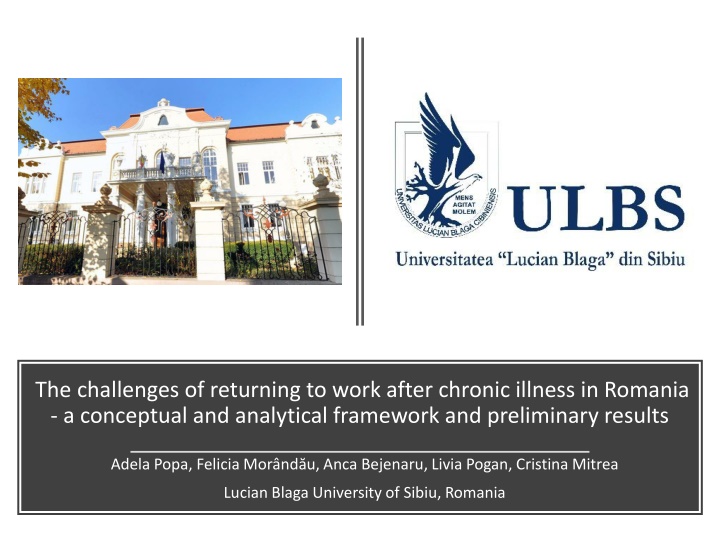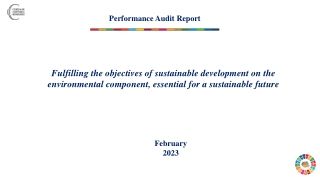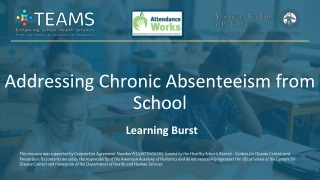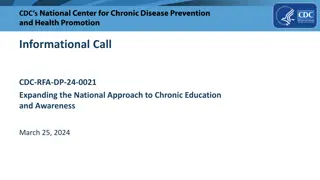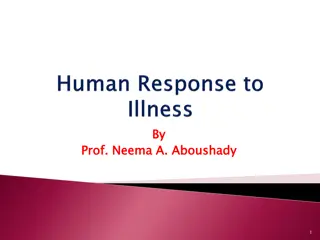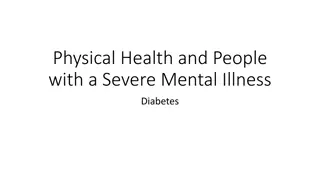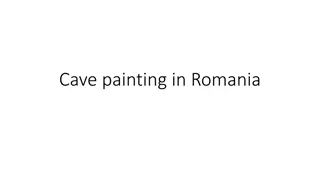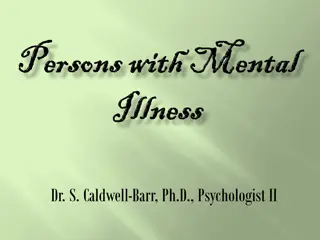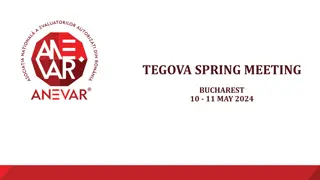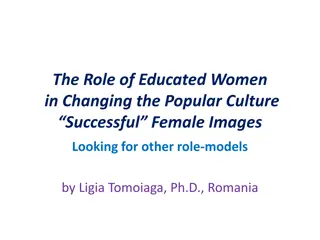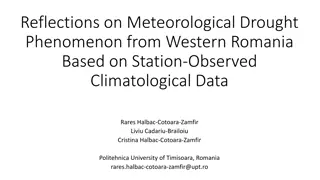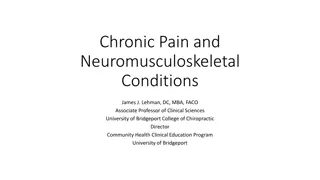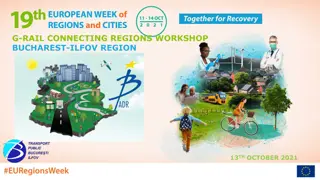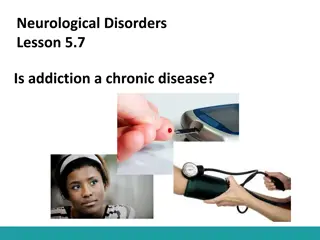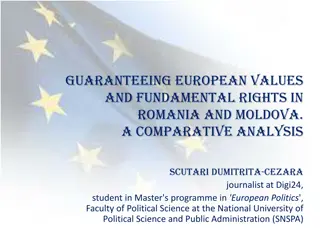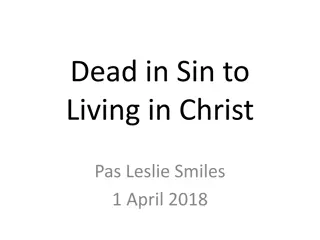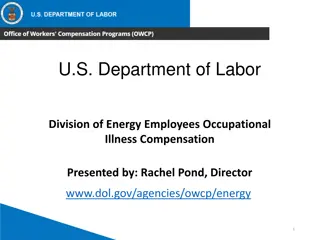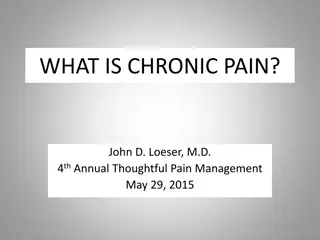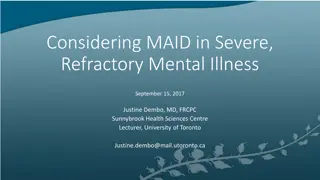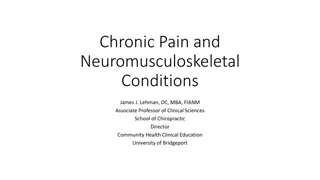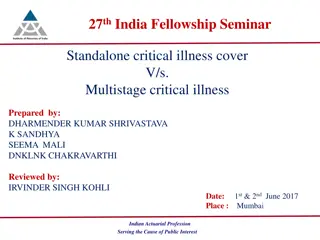Challenges of Returning to Work After Chronic Illness in Romania
This study focuses on the impact of chronic diseases on the labor force in Romania, exploring the complexities of returning to work after illness. It discusses key factors, such as disease categories affecting European workers, and highlights the importance of facilitating return-to-work processes for the benefit of both individuals and society. Preliminary results and statistical data provide insights into the current situation in Romania and other EU countries, emphasizing the need for inclusive labor market practices.
Download Presentation

Please find below an Image/Link to download the presentation.
The content on the website is provided AS IS for your information and personal use only. It may not be sold, licensed, or shared on other websites without obtaining consent from the author.If you encounter any issues during the download, it is possible that the publisher has removed the file from their server.
You are allowed to download the files provided on this website for personal or commercial use, subject to the condition that they are used lawfully. All files are the property of their respective owners.
The content on the website is provided AS IS for your information and personal use only. It may not be sold, licensed, or shared on other websites without obtaining consent from the author.
E N D
Presentation Transcript
The challenges of returning to work after chronic illness in Romania - a conceptual and analytical framework and preliminary results Adela Popa, Felicia Mor nd u, Anca Bejenaru, Livia Pogan, Cristina Mitrea Lucian Blaga University of Sibiu, Romania
Increasing chronic morbidity General context Increasing mean age of the population Labour market participation in EU countries including Romania The labour force reduction Negative impact on the social protection system A considerable proportion of the working age population with CDs returns to work (RTW) Critical to ensure an inclusive labour market (Scaratti et al. 2018) Working age population with chronic diseases (CD) in 2019 EU-27: 29% Italy: 8.3% Spain: 20.4% Romania: 9.3%
EU-27 RO IT ES Employment rate - 2019 (20-64 years, %) 73 71 63 68 Unemployment rate -2019 (20-64 years, %) 6.6 3.7 10 14 Activity rate 2019 (20-64 years, %) 78 74 71 79 Labour Labour market market context context and RTW and RTW Romanian labour market situation is not worse than other countries, yet Other EU countries - important steps towards facilitating RTW (national legislation, dedicated policies at company level, collaboration of stakeholders) Romania (and other CEE countries) has just begun to approach and study RTW (Popa et al. 2020) Return to work is a complex process, with many factors and stakeholders (Belin et al. 2016) Has significant benefits for the worker and the society (Roelen et al. 2011b)
Four categories of diseases have the greatest impact on the working population in Europe: cardiovascular diseases (CVD) cancers musculoskeletal diseases (MSD) mental conditions Chronic Chronic diseases diseases and and invalidity invalidity context context MSD cause almost 50% of all absences from work in the EU and 60% of the permanent work incapacity (Bevan 2013) Cancer and mental disorders produce frequent and/or long-term sick leave spells (OSHWiki 2018) For many workers going back to work is possible (with proper support) and they wish to return from long-term sick leave or from invalidity pension In Romania 82% of the invalidity pensioners have a reviewable disability (may be rehabilitated and may return on the labour market)
The project The challenges of returning to work after chronic illness in Romania: barriers, facilitators and collaboration of stakeholders 3 years project, with national funding (Exploratory Research projects), starting from January 2021 Study design: mixed-methods, exploratory study Six diseases: - Cardiovascular - Cancer - Chronic respiratory - Diabetes - Musculo-skeletal - Mental disorders Concepts: Return to work Procedures and initiatives aimed at facilitating the workplace reintegration of persons who experience a reduction in work capacity or capability, whether this is due to invalidity, illness or ageing (ISSA, 2013) Chronic diseases Stakeholders
Research questions: Desk analysis on policies What is the context of RTW with a CD in Romania? (literature and legislation on sick leave, invalidity and working with CDs) Online survey for workers What are the motivations, barriers and facilitators for RTW of workers with CDs or job seekers with CDs? Interviews with: Employers Health professionals Civil society actors What are the motivations, barriers and facilitators of employers who receive back at work workers with CDs? What are the views of health professionals on RTW after CDs? What are the views of NGOs regarding social and labour market reintegration of people with CDs? Online survey and interviews How do all stakeholders experience the existing collaboration between them and how this collaboration could be improved? What can be done to raise awareness at all levels on the benefits and expected outcomes of RTW after CD? Interviews
Informed by the theory of Person- Environment Fit (Caplan 1983; 1987; Verquer 2003; Cox, McLennan, N Dow 2014) Conceptual and analytical framework proposed:
The objective fit is officially assessed by employers, health professionals and recruiters The subjective fitrepresents the employees self- perceptions and assessments of their fit with the work environment Types: The supplementary fit = how much similarity is between the goals, values and norms of the worker s and the organisation The complementary fit = in what extent do they complement each other The demands abilities fit = are the organisational demands fulfilled by the abilities/ knowledge of the worker with a CD? The needs-supplies fit = are the workers needs satisfied by the supplies (resources such as adjustments in workload, schedule, support) offered by the organisation Levels: All the four levels may be understood either objectively or subjectively
Many outcomes of the P-E fit have been studied so far: job crafting (Tims 2016), interest congruence and performance (Nye 2017), work attitudes adjustments of the new workers (Saks 2007) (Veerquer 2003), We propose a new outcome of the P-E fit: the return to work of workers with CD The P-E fit can be understood as a continuum, from misfit (incongruence between the person with a CD and the work environment) to fit (congruence) Misfit can manifest as physical, psychological, or social strains of the worker with a CD who returns in the workplace This means: a difficult or failed process of RTW The P-E fit takes the form of a good adaptation after RTW, career continuation and development, sustainable RTW and work retention on the long term This means: a successful RTW process In case of P-E misfit, interventions can be applied to the person (i.e. finding new ways of coping, vocational rehabilitation, counselling) or to the work environment (increasing work accommodations, interventions targeted to the employer). Thus the P-E fit may increase.
Results so far: 1. Desk analysis on policies Report on Romanian policies relevant for working with CDs Romanian legislation provides only general provisions on the recovery of work capacity. They are indirectly related to RTW No specific provision for RTW facilitation after the sick leave The RTW cannot be phased as in other countries, but employers can allow workers to resume work on a part-time (4 hours) schedule first The RTW roles: the specialist and occupational physician, the employer, the social security expert physician and the local public employment agency employer has a marginal role in RTW! Other actors such as NGOs or support professionals (psychologists, social workers) have no formal role in RTW The provisions on the recovery of work capacity may be considered active labour market policies (but they regard only the medical rehabilitation)
Results so far: 2. Survey and interviews Work in progress Survey for workers was just launched: https://www.surveymonkey.com/r/munca1 Interviews with employers, physicians and civil society actors - in 2022 From previous research (on RTW after cancer) we know that: The formal support offered to the employees with cancer for RTW is scarce Health professionals don t mention or even discourage RTW RTW is not planned or phased, and rarely accommodations are offered Discrimination reported in more than half of the cases for those who return Patients Employers Employers complain of the lack of legal and organizational flexibility, They wish to have clear procedures and guidelines for RTW They wish to have more collaboration with other actors involved NGOs NGOs have a very narrow involvement in cancer survivorship Only 5.2% aim to offer support for work reintegration of cancer patients
Besides academic results: A policy brief Support materials (flyers) for workers and employers Future outcomes of the project The Return to Work Portal (to be done in 2023) A website in Romanian, based on project results, gathering all resources in one place Specific content for every category of stakeholders (workers, employers, health professionals, colleagues, family etc.) Information on legislation How-to type of informationfor specific situations (e.g. how to communicate with an employee with a chronic illness) Resources (links to other websites, available sources of support etc.)
Thank you! Contact: adela.popa@ulbsibiu.ro Website of the project: https://sites.google.com/a/ulbsibiu.ro/adela-popa/cercetare/chronic- conditions-and-work-project Acknowledgment: Paper done within the project The challenges of returning to work after chronic illness in Romania: barriers, facilitators and collaboration of stakeholders (RTW-CI), project code PN-III-P4-ID-PCE-2020-1384, delivered by Lucian Blaga University of Sibiu, with funding from CNCS-UEFISCDI
